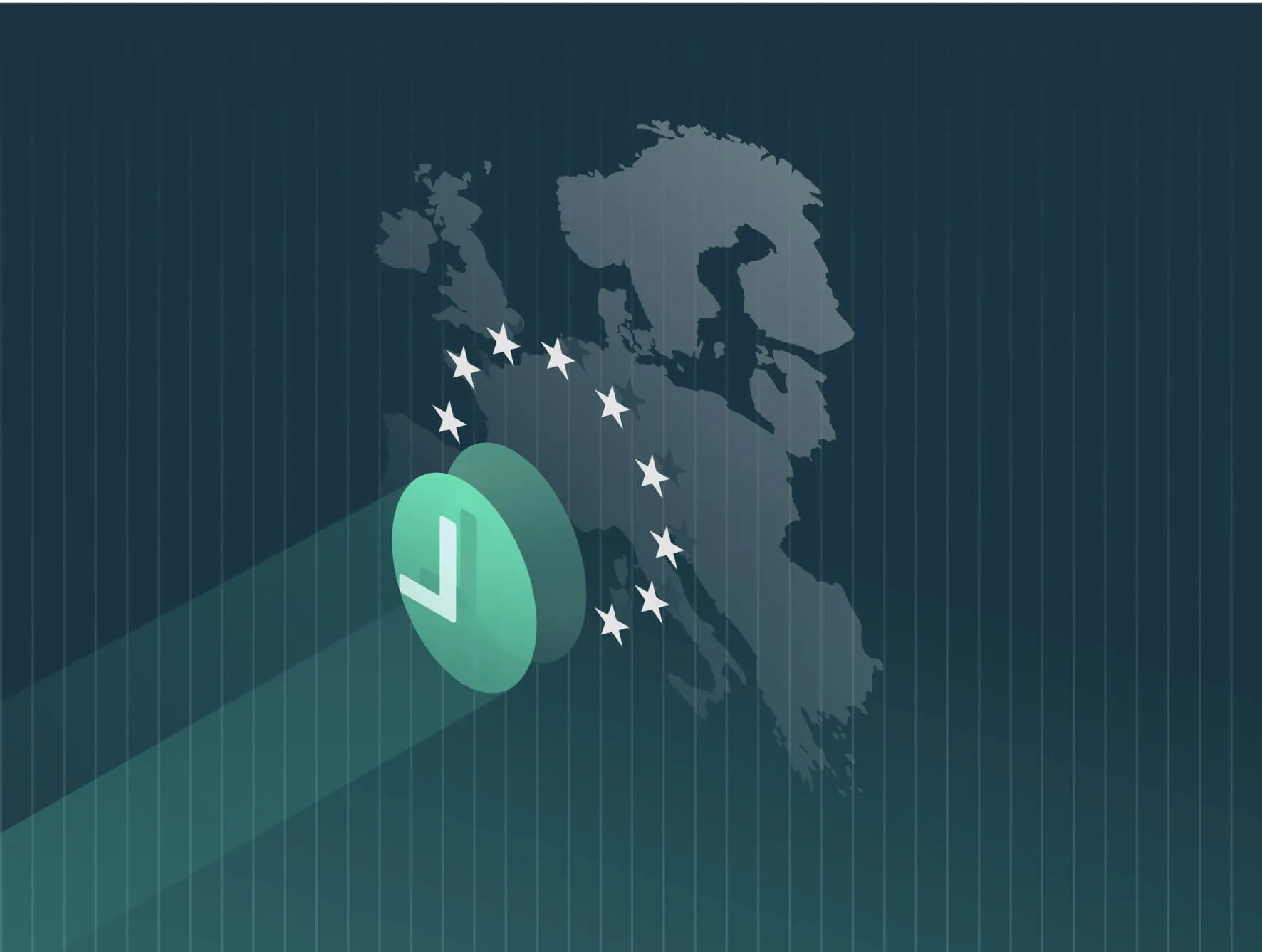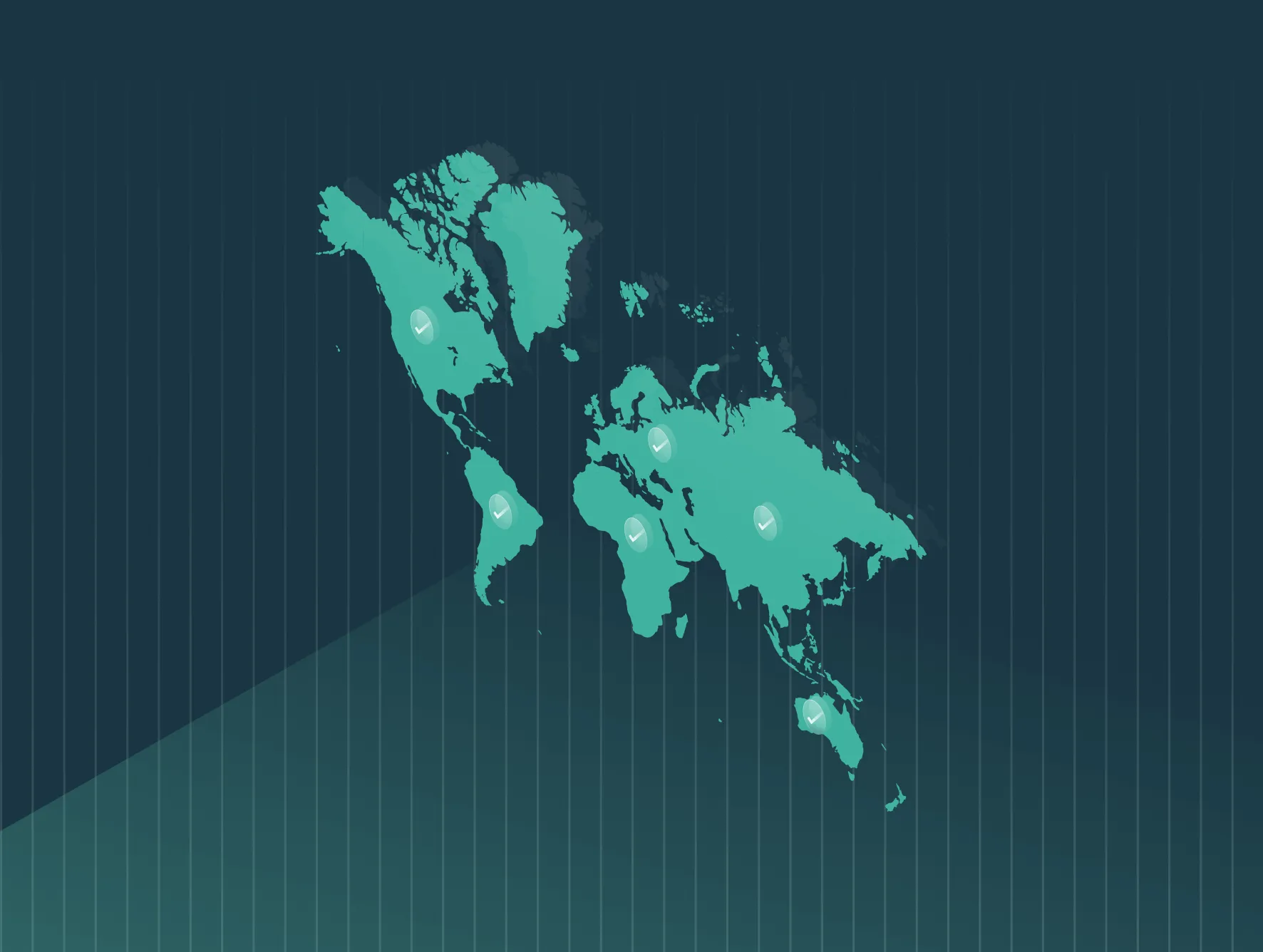“Imagine a gender equal world.” That’s the vision behind International Women’s Day, as it promotes its “Inspire Inclusion” campaign theme for 2024.
This year’s celebration on March 8 is accompanied by encouraging signs of progress. The gender pay gap in the U.S. has fallen to an all-time low, and pay transparency laws, such as the European Union Directive, are strategically aimed at closing the gap in those countries.
History of International Women’s Day
Stretching back over a century, the origins of International Women’s Day can be found in the United States. In 1848, Elizabeth Cady Stanton and Lucretia Mott gathered several hundred people in Seneca Falls, New York. Stanton’s subsequent Declaration of Sentiments demanded a long list of women’s rights, including access to job opportunities.
It was the start of a movement, and the first International Women’s Day took place in March 1911.
This year, the United Nations marks the celebrations with its theme ”Invest in Women, Accelerate Progress.” It names promoting gender equality as the greatest human rights challenge, benefiting everyone.
Closing the gender pay gap is one way to achieve equality and inclusion.
U.S. Gender Pay Gap Falls to a Record Low
As data from the Bureau of Labor Statistics shows, the pay gap has fallen to an all-time low. In 2023, median weekly earnings for women were 83.8% of men’s earnings. Prior to that, a Pew Research analysis from 2022 revealed progress had not been made in 20 years.
In addition, Equal Pay Day, the day women’s earnings equal men’s from the previous year, moves forward in 2024, to March 12.
After two decades, these are incremental yet significant steps toward equality. But it is only the beginning. Progress on closing the gender pay gap for women of color remains slow. Based on current data, Black Women still have to wait until July 27 for their Equal Pay Day. Latina and Native Women’s Equal Pay Days take place on Oct. 5, and Nov. 30 respectively.
Additional gender pay gap solutions must be implemented to accelerate progress.
Advancing Pay Equality Across the Globe
Closing gender gaps in the private sector alone benefits over 850,000 women, according to the WEF, which highlights four ways to do this:
- Promote women in leadership.
- Closing the gender pay gap.
- Increasing women’s participation in the workforce.
- Hardwiring gender parity into the future of work.
Globally, pay equity continues to gather momentum, as a review of recent legislation shows:
Pay transparency in Brazil: Brazil, described as “decades away from wage equality,” has introduced pay transparency reporting for companies with over 100 employees. First reports are due in March 2024. Its Employ + Women Program (Emprega + Mulheres Programa) also supports the push for equality.
Canada pushes for equal pay: Canada faces a credibility problem in closing the gender pay gap. Research from Indeed shows that nearly two-thirds of Canadian women believe they are underpaid. What’s more, one in five don’t believe the pay gap will ever close. Federal organizations with over 10 employees are required to submit their first pay equity reports in September 2024. Pay transparency legislation remains patchy across the provinces.
EU Pay Transparency Directive: Europe’s game changing legislation requires organizations to act if their gender pay gap exceeds 5%. As the current gender pay gap is hovering just under 13%, most employers are at risk. Uncertainty remains in the UK post-Brexit, however, following the government dropping its commitment to a salary transparency pilot.
Pay transparency in the U.S.: Pay transparency laws and salary history bans are prevalent across the U.S. including at the federal level. Advancing equal pay is one of six targeted priorities for the Equal Employment and Opportunities Commission 2024 through 2028.
With more legislation expected in 2024, there are cautious reasons for optimism.
Support Gender Pay Gap Solutions with Pay Equity Software
Prioritizing inclusion and pay transparency are two strategies every organization can embrace now.
Commit to inclusion: International Women’s Day offers an ideal opportunity to launch, or reinforce, your organization’s commitment to inclusion. Inclusion delivers a competitive advantage for employers, including improved recruitment, retention, and employee engagement.
Prioritize pay equity: Pay equity is not just good for business, it is the right thing to do. Pay equity software supports an employer’s commitment to achieving equal pay and inclusion. By carrying out a pay equity audit, compensation data is systematically analyzed and pay disparities identified.
Trusaic’s workplace equity solution conducts a pay equity audit at the intersection of factors including race, age, gender, ethnicity, disability, and more. Intersectionality ensures that everyone is treated equitably, regardless of their gender and other attributes.
Identify the root causes of pay inequities: Pay equity software can help employers to identify factors such as unconscious bias and systemic issues that may be causing pay inequities. For instance, certain groups of employees may not have equal access to jobs or promotions. Recruiting and hiring policies must be inclusive and consistent for all employees and job applicants. Opportunity transparency directly addresses these issues.
Mitigate compliance risk: Pay equity software helps employers to ensure compliance by providing vital tools to navigate complex legislation across multiple jurisdictions.
Organizations that utilize workplace equity software solutions are positioning themselves for a more equitable environment that in turn enhances efforts toward closing the gender pay gap.








